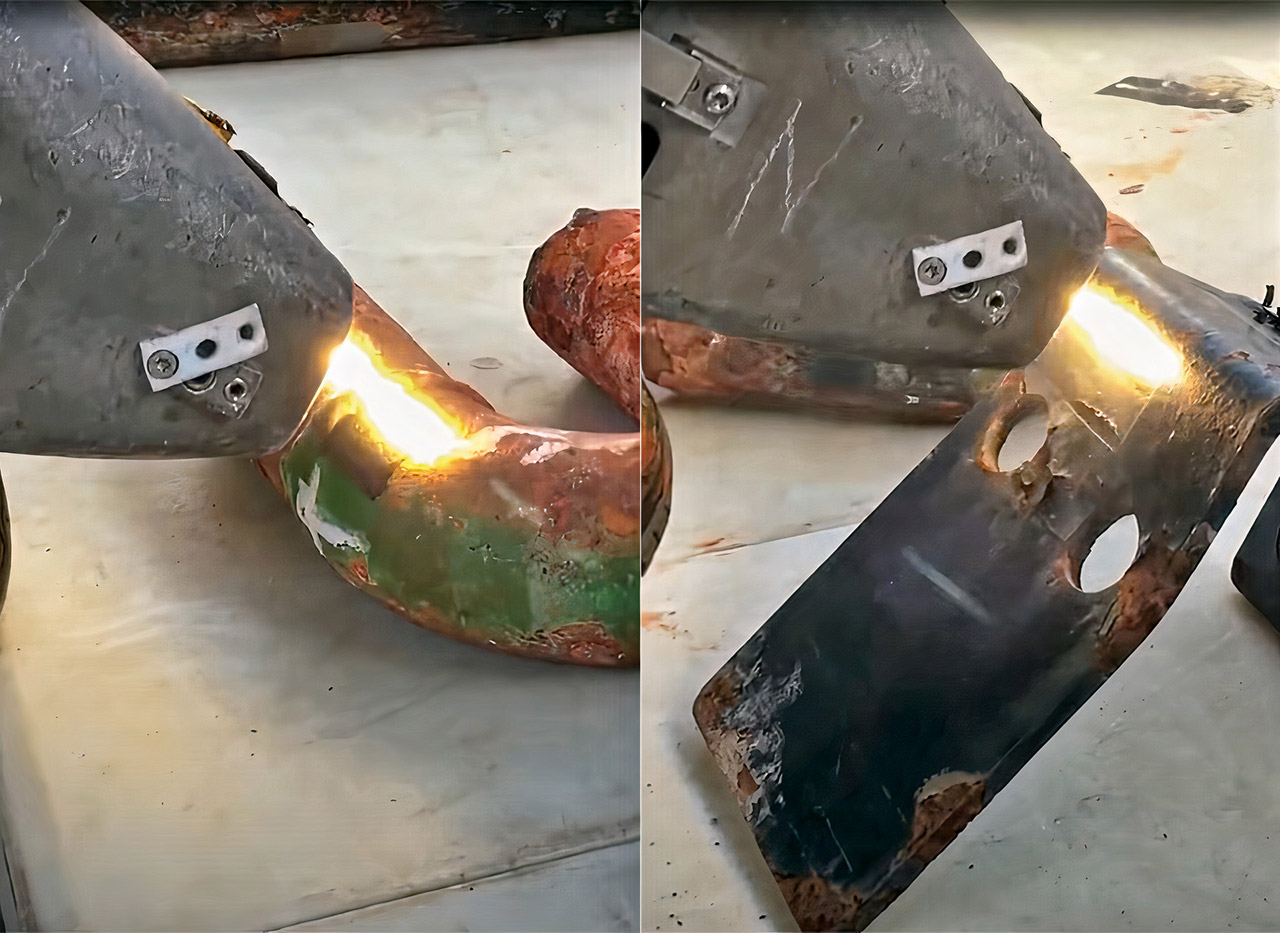
Using lasers to clean surfaces is oddly satisfying and quite efficient. Officially called laser ablation, this process of removing material from a solid surface by irradiating it with a laser beam. How does it work? When using low laser flux, the material is heated by the absorbed laser energy and evaporates or sublimates, while at higher flux, it’s converted to a plasma. In typical applications, you remove material using a pulsed laser or a continuous wave laser beam if the laser intensity is high enough. Read more for two videos and additional information.
The main advantage to using lasers over traditional cleaners is that no solvents are used, therefore making the process far more environmentally friendly. Plus, operators are not exposed to harmful chemicals, while also being relatively easy to automate. Put simply, the costs are much lower over conventional methods, although the capital investment in the beginning higher. In case you’re wondering, the laser pulses can vary widely (milliseconds to femtoseconds) and fluxes, all of which can be precisely controlled.
No products found.

